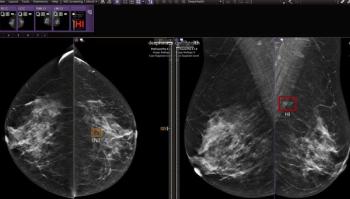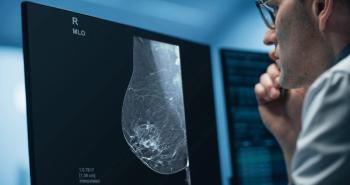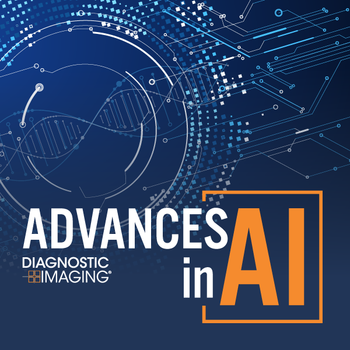
- Diagnostic Imaging Vol 31 No 4
- Volume 31
- Issue 4
High-risk women benefitfrom mammography, MRI
Alternating two screening modalities pays off forwomen with high genetic likelihood of breast cancerAlternating MRI with mammographyevery six months picks up breastcancers missed when mammographyis performed alone for high-riskwomen.
Alternating two screening modalities pays off for women with high genetic likelihood of breast cancer Alternating MRI with mammography every six months picks up breast cancers missed when mammography is performed alone for high-risk women.
The two screening modalities are alternated in many special programs for women with confirmed BRCA1 and BRCA2 genetic mutations giving them an exceptionally high risk for developing breast cancer. Until now, no one has established a scientific basis for adopting the tactic.
Dr. Huong Le-Petross, an assistant professor of radiology at M.D. Anderson Cancer Center in Houston, reviewed the medical records of 334 consecutive women. Of those patients, 26% (86) underwent annual screening mammography and MRI, alternating every six months. The rest underwent prophylactic mastectomies or were treated with chemoprevention.
Overall, the researchers identified nine cancers in seven women with screening MRI: six invasive ductal, one invasive lobular, and two ductal carcinomas in situ.
Four of these cancers were identified only with MRI, four were identified with both MRI and mammography, and one was missed by both modalities before diagnosis after prophylactic mastectomy.
“The global picture is that MRI can pick up cancers that mammography cannot,” Le-Petross said.
Articles in this issue
over 16 years ago
Dismal economy now hidesprosperity just around the bendover 16 years ago
Serial mummy scanscapture CT advancesover 16 years ago
Apple hypes iPhone radiology applicationover 16 years ago
FSE-Cube earns praise forquality 3T knee MR imagingover 16 years ago
ACR, ARRS linkup joinseducation, political goalsover 16 years ago
Radiation dose fears colorcoronary CTA guidelinesover 16 years ago
Heterotropic Ossificationover 16 years ago
Inquiry concludes first-year residents not ready for callover 16 years ago
Pericardial fat predicts riskof coronary artery diseaseover 16 years ago
Private imaging facilitiesgrew at hospitals' expenseNewsletter
Stay at the forefront of radiology with the Diagnostic Imaging newsletter, delivering the latest news, clinical insights, and imaging advancements for today’s radiologists.




























